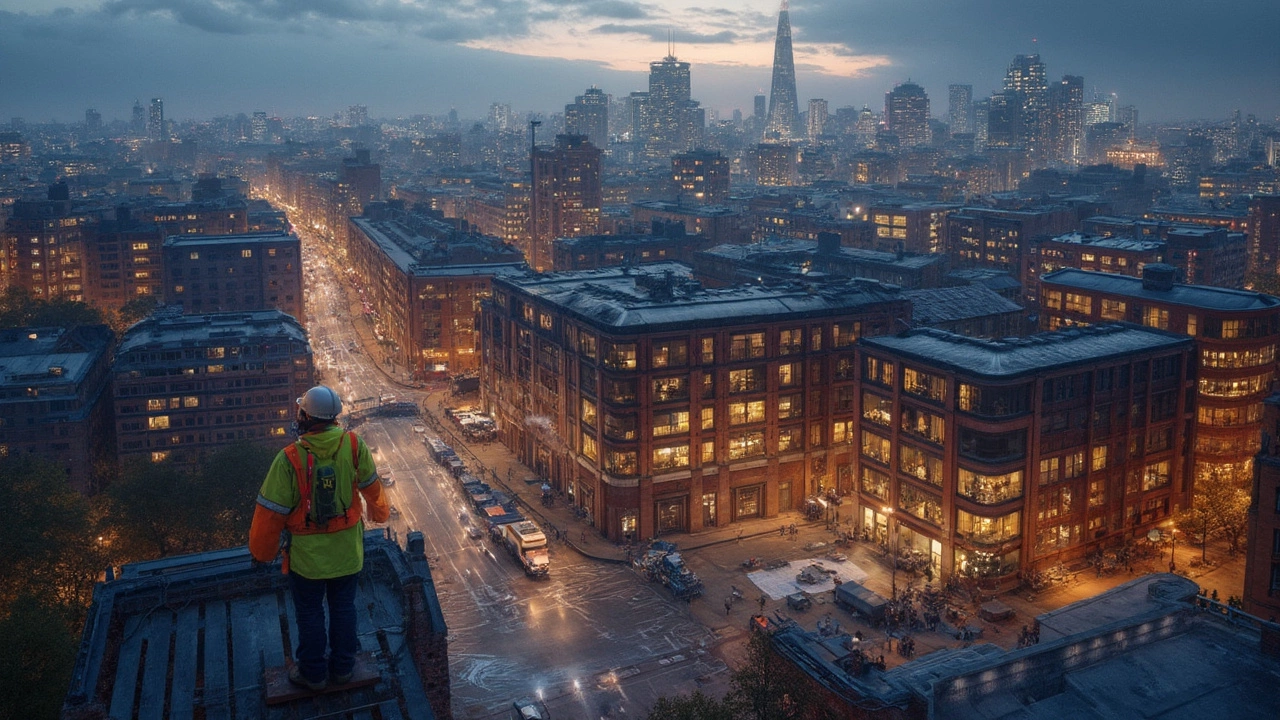Non‑Combustible Materials: What They Are and Why They Matter
When you hear "non‑combustible," think of materials that won’t catch fire or spread flames. In construction, that means safer walls, roofs, floors, and even fittings. Using the right stuff can keep a house standing when a blaze breaks out and can help you pass strict building codes.
Top Non‑Combustible Options for Your Project
Concrete and Masonry: Bricks, concrete blocks, and stone are the classic fire‑proof choices. They resist heat, don’t melt, and keep their strength even after a fire. That’s why most commercial buildings rely on them for structural walls.
Steel: Steel doesn’t burn, but it can lose strength when exposed to extreme heat. Pair it with fire‑resistant coatings or encase it in concrete, and you get a strong, non‑combustible frame that stays intact during a fire.
Gypsum Board (Drywall): Modern drywall includes fire‑resistant cores. When installed correctly, it can slow fire spread for up to an hour, giving occupants valuable time to escape.
Fire‑Rated Glass: It looks like regular glass but has a special interlayer that holds together when heated. Use it in windows, doors, or interior partitions where you need visibility without sacrificing safety.
Practical Tips to Keep Your Build Fire‑Safe
First, check local building codes. They’ll tell you the required fire‑rating for walls, floors, and roofs. Second, mix materials wisely – a concrete foundation topped with steel framing and fire‑rated drywall gives you a layered defense.
Don’t forget about insulation. Mineral wool and fiberglass are non‑combustible and help keep heat from moving through walls. Avoid cheap foam insulation unless it’s specially treated to be fire‑resistant.
Finally, think about finishes. Paints, sealants, and varnishes can add or remove fire‑rating. Choose low‑VOC, fire‑rated products whenever possible.
By picking the right non‑combustible materials and following these simple steps, you’re not just meeting regulations – you’re building peace of mind for anyone who steps inside your project.

